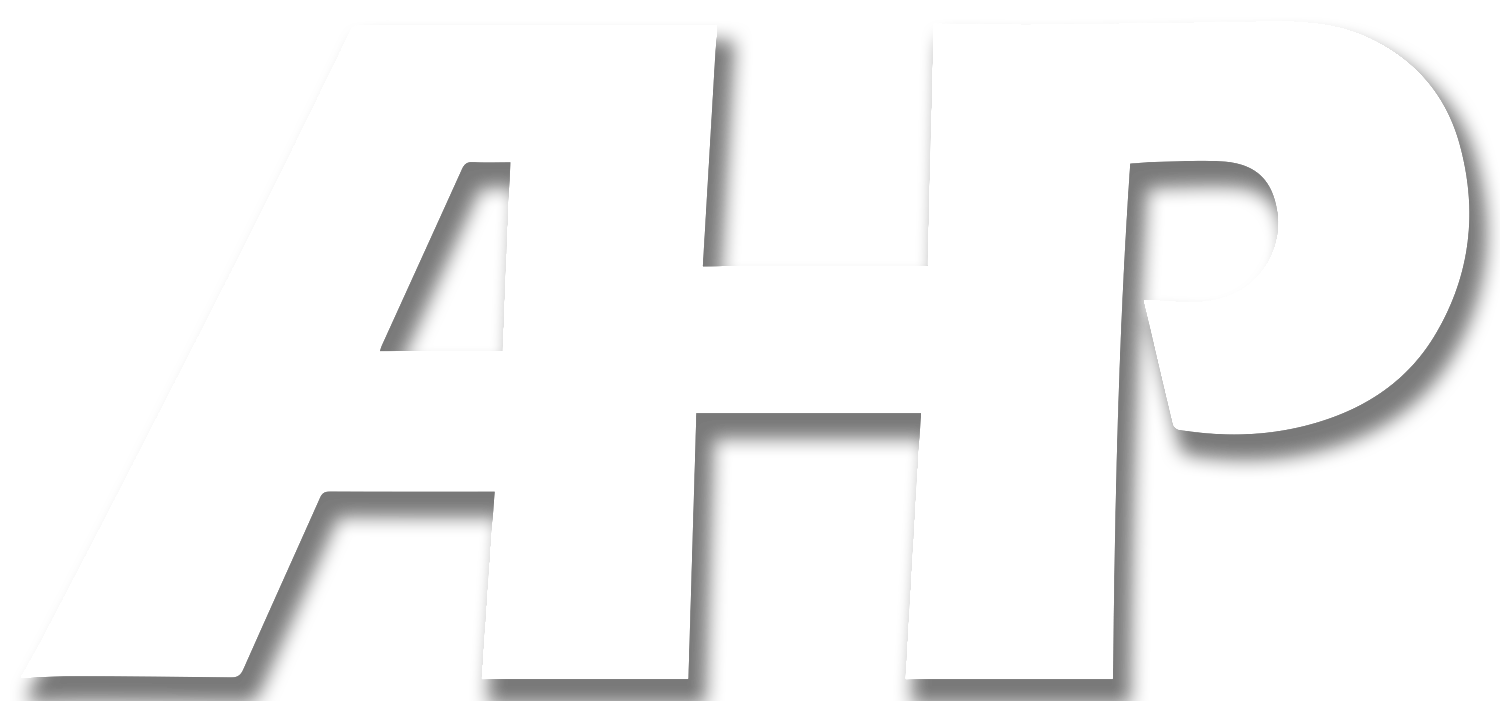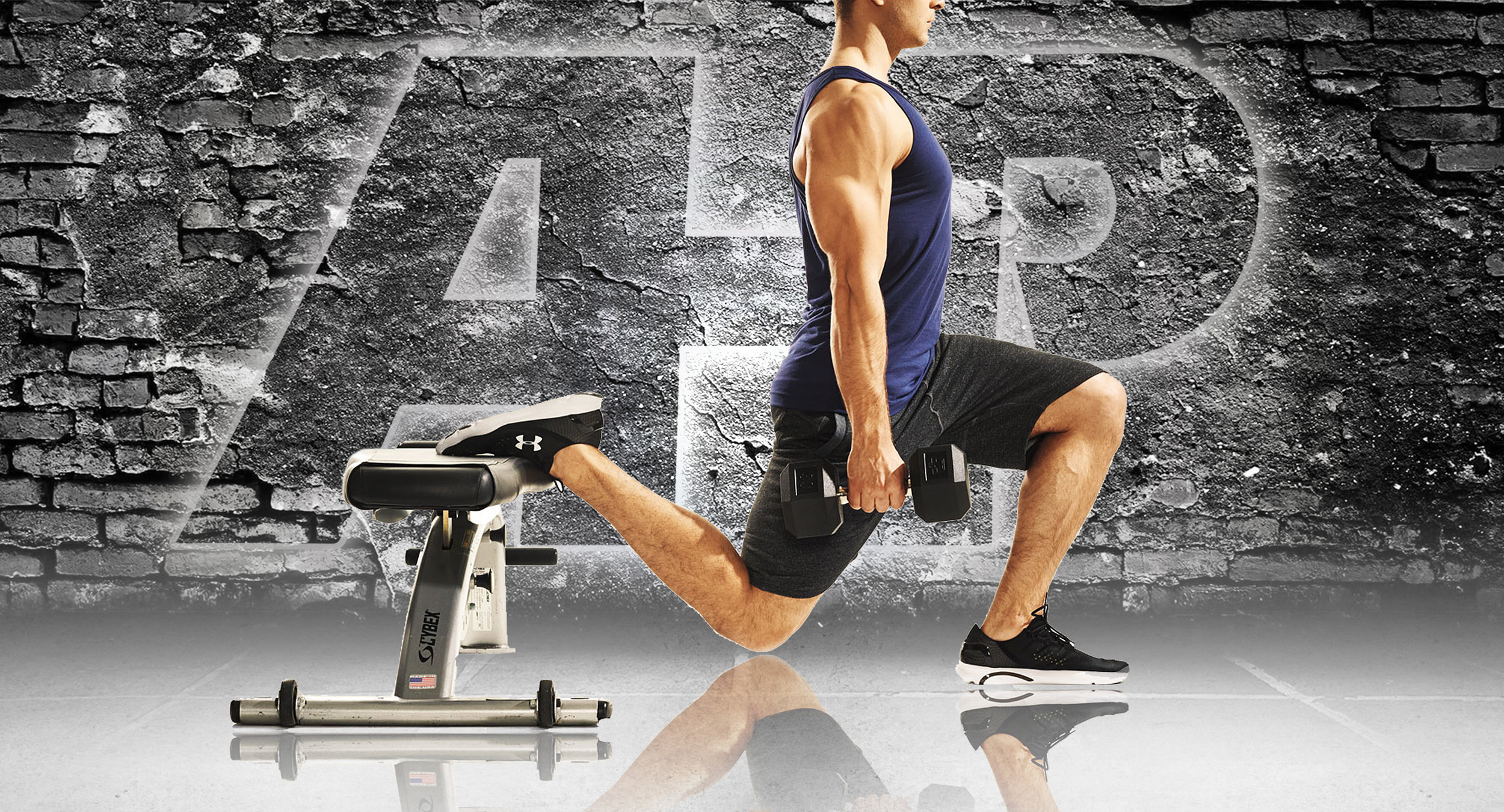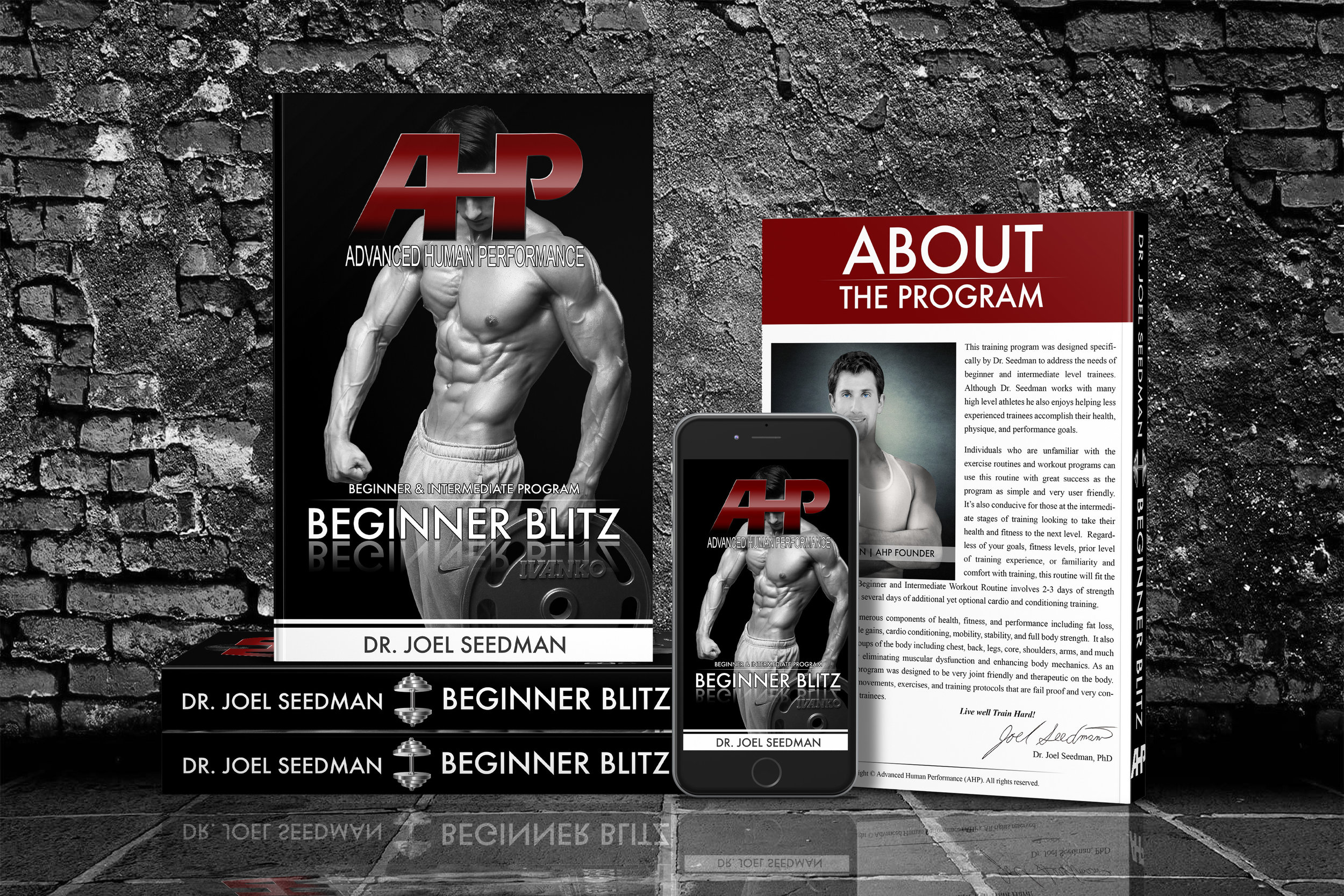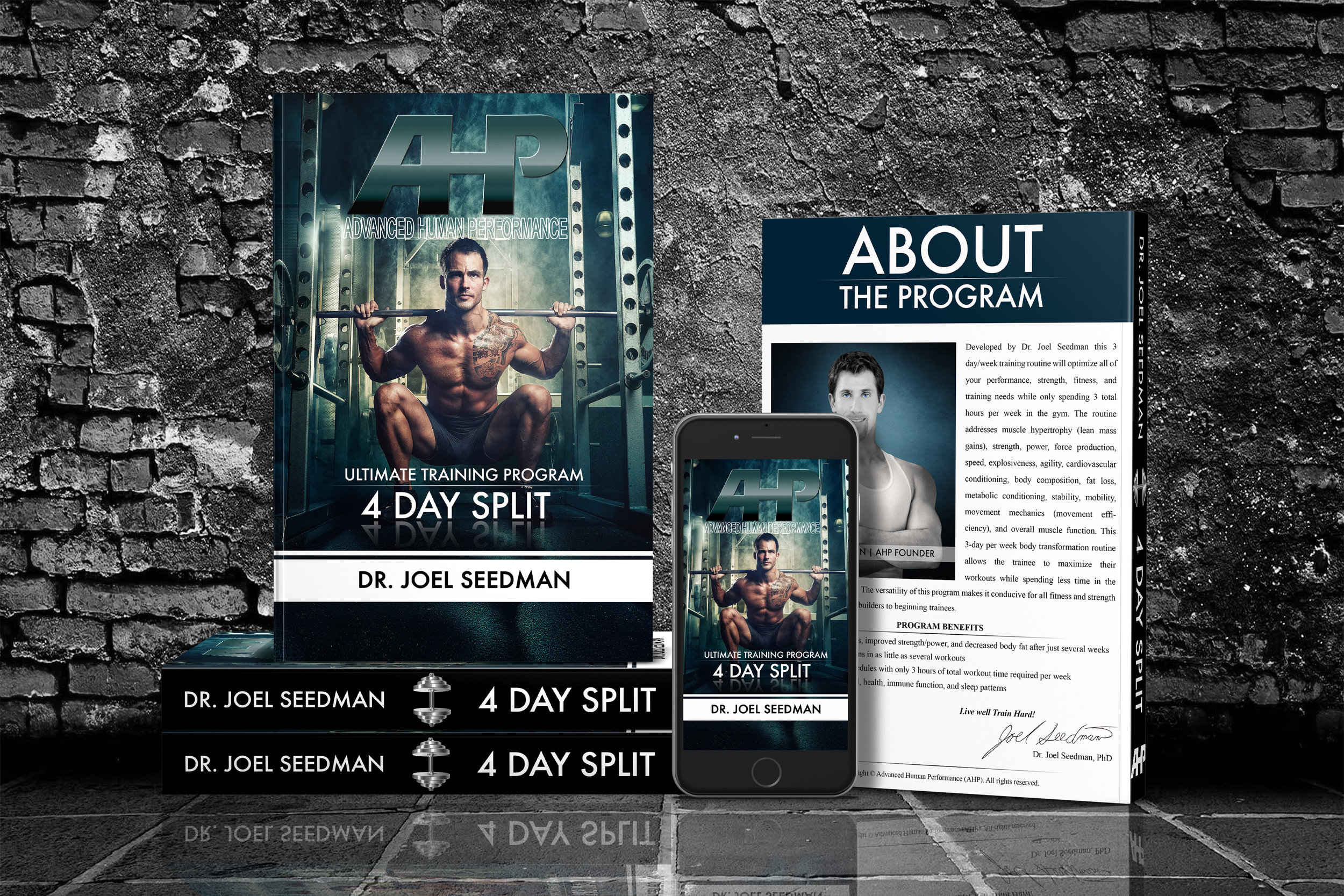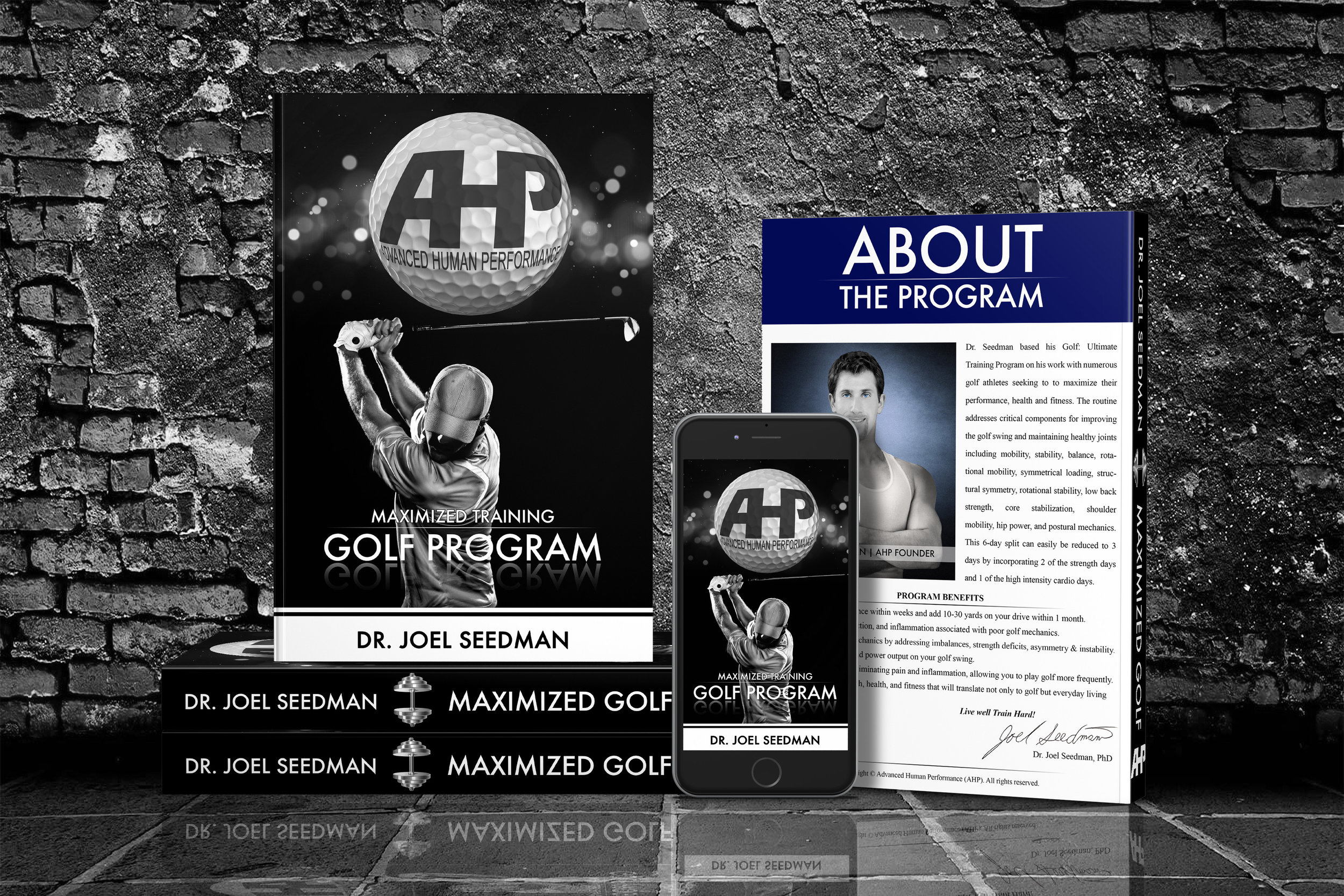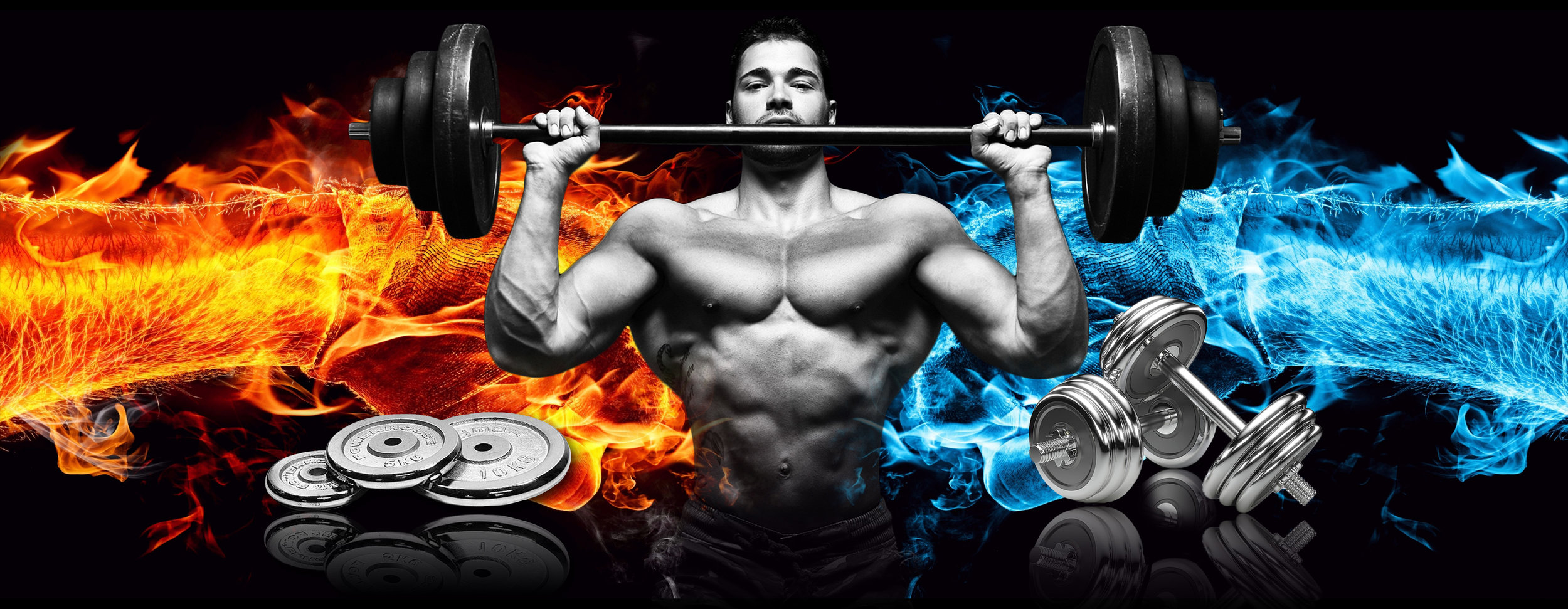
The Quick Fix For Your Bulgarian Squat
Dr. Joel Seedman, Ph.D.
Here’s one my NFL athletes Bryce Jones performing a Bulgarian squat with a few small modifications to help improve body mechanics. This includes the use of a longitudinal bench position and bottom position eccentric isometrics
The Bulgarian squat is an incredible lower body exercise that literally targets every muscle in the legs. Unfortunately there are 2 common issues I often witness when watching individuals perform them. First, they tend to have an overly staggered stance position rather than a semi-inline stride position. Ideally, individuals should assume a semi-inline or semi-overlapping stride position during Bulgarian squats, lunges, or split squats. This means that the back and front foot should either intersect (when looking at the person from the front) or both feet should line up right next to each other with no space between them.
Unfortunately most individuals perform Bulgarian squats, lunges, and split squats with something I refer to as a straddled or staggered stance where there’s several inches of space or more between each foot. This ingrains faulty hip activation and dysfunctional stride mechanics that translates to groin pulls and inflammation to the hip joints. This also promotes energy leaks throughout the lower body that results in loss of torque, power, and stability, not only for the lunge itself but also during other related lower body movements such as sprinting.
Placing the back leg on a bench in a longitudinal fashion as shown in the video, rather than using the traditional width wise approach, teaches the athlete how to perform the Bulgarian squat with a more in-line position as they have little room to let their feet become overly staggered. Simply line up your body with the bench and keep the back foot from falling off. If you can maintain this while performing Bulgarian squats then you know your positioning is semi-inline.
The other common issue that many people complain about on Bulgarian squats is that the back foot often has a tendency to cramp. This is typically a result of extending too far in the top position. Rather than coming up fully to the top of the movement, focus instead on staying in the bottom half of the Bulgarian squat as Bryce demonstrates in this video. Not only does this eliminate the common foot cramping issue but it provides enormous levels of constant tension and metabolic stress to the quads, glutes, and hamstrings thereby promoting strength and size gains throughout the lower body.
And yes you can perform Bulgarian squats with the back leg on a barbell or smith machine bar to avoid the cramping effect however you’ll also forego the feedback mechanisms associated with using the longitudinal bench variation to create a semi-inline stride position.
Finally, you’ll notice that Bryce is performing the movement with a significant forward torso lean and hip hinge throughout. This is not an unusual or unique variation of a Bulgarian squat but instead represents the ideal and optimal form for any and all Bulgarian squat and lunge variations. Including the eccentric isometric (controlled eccentric with a pause in the bottom position) helps the lifter feel for these optimal mechanics and make the necessary adjustments. Inevitably this also leads them to a position of ample forward torso lean and solid hip hinge mechanics as this is the most natural and biomechanically sound position for any Bulgarian squat, lunge, split squat, or even a normal squat pattern.
